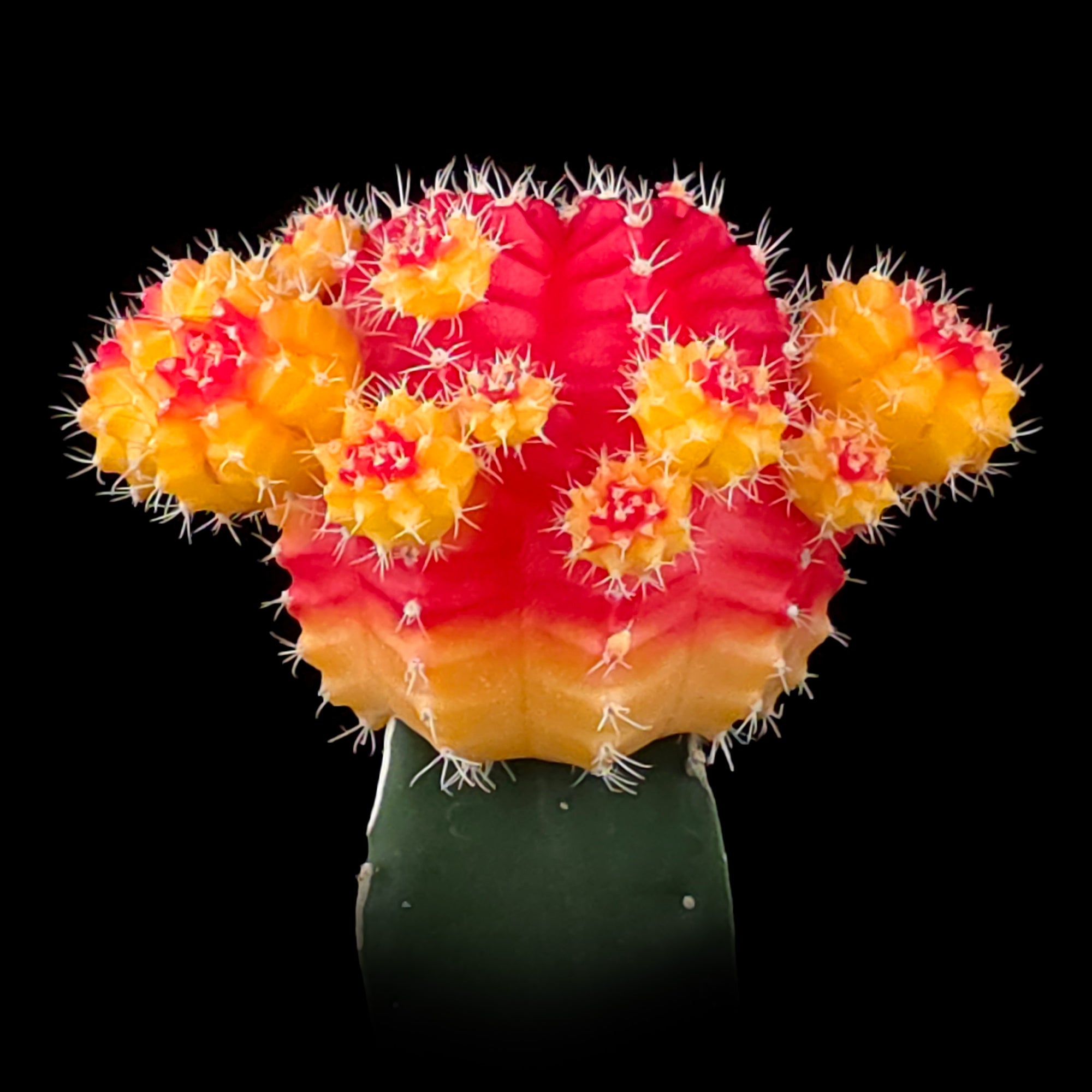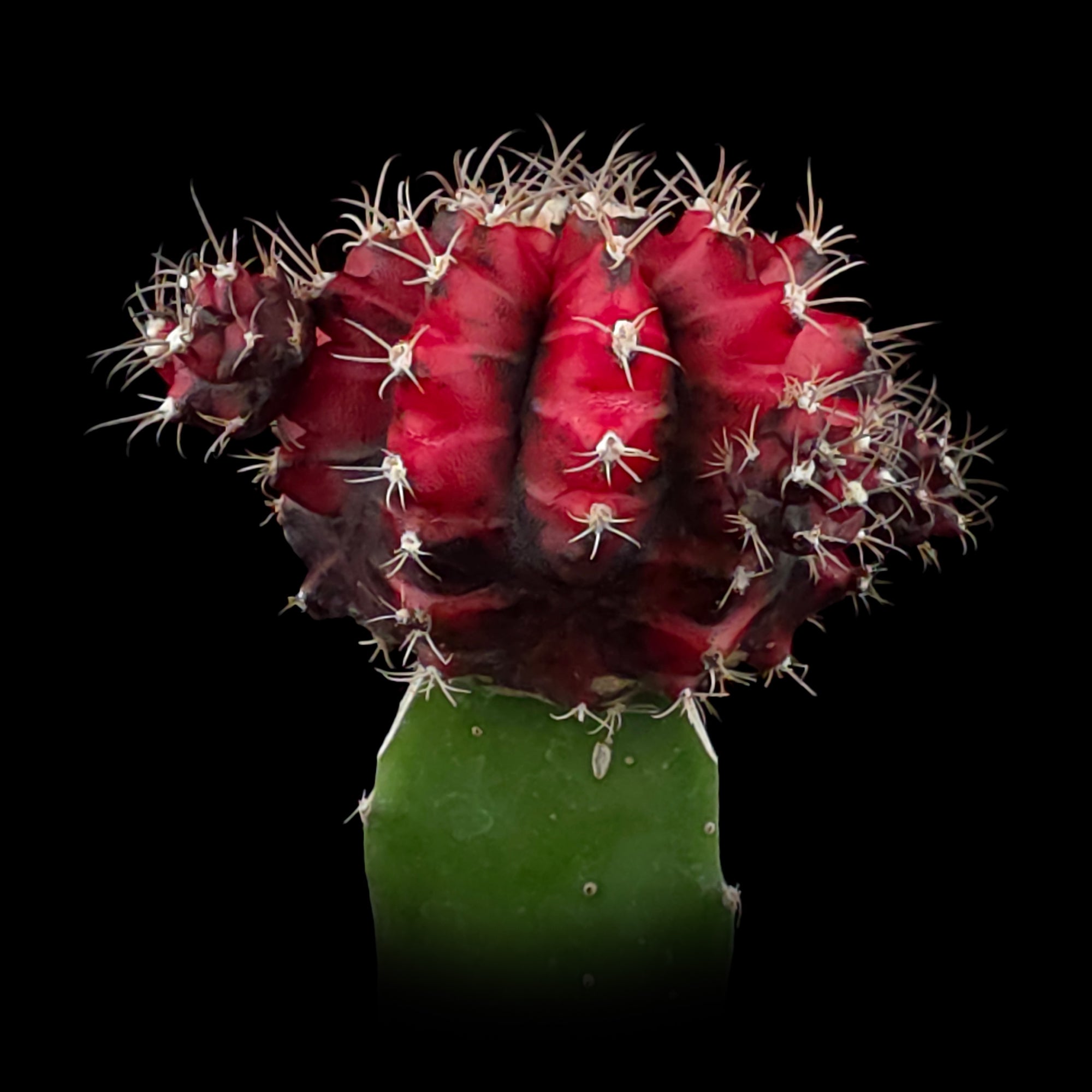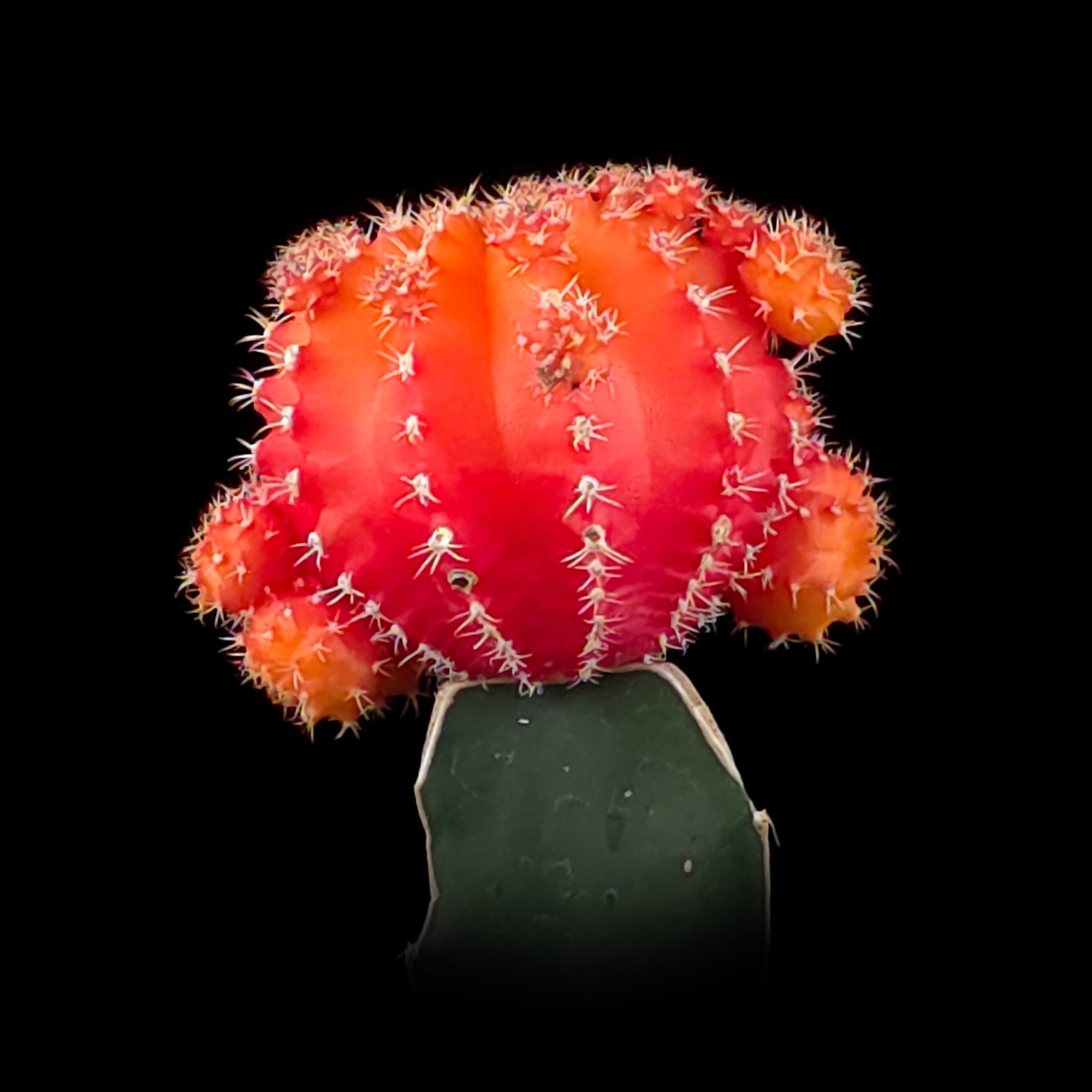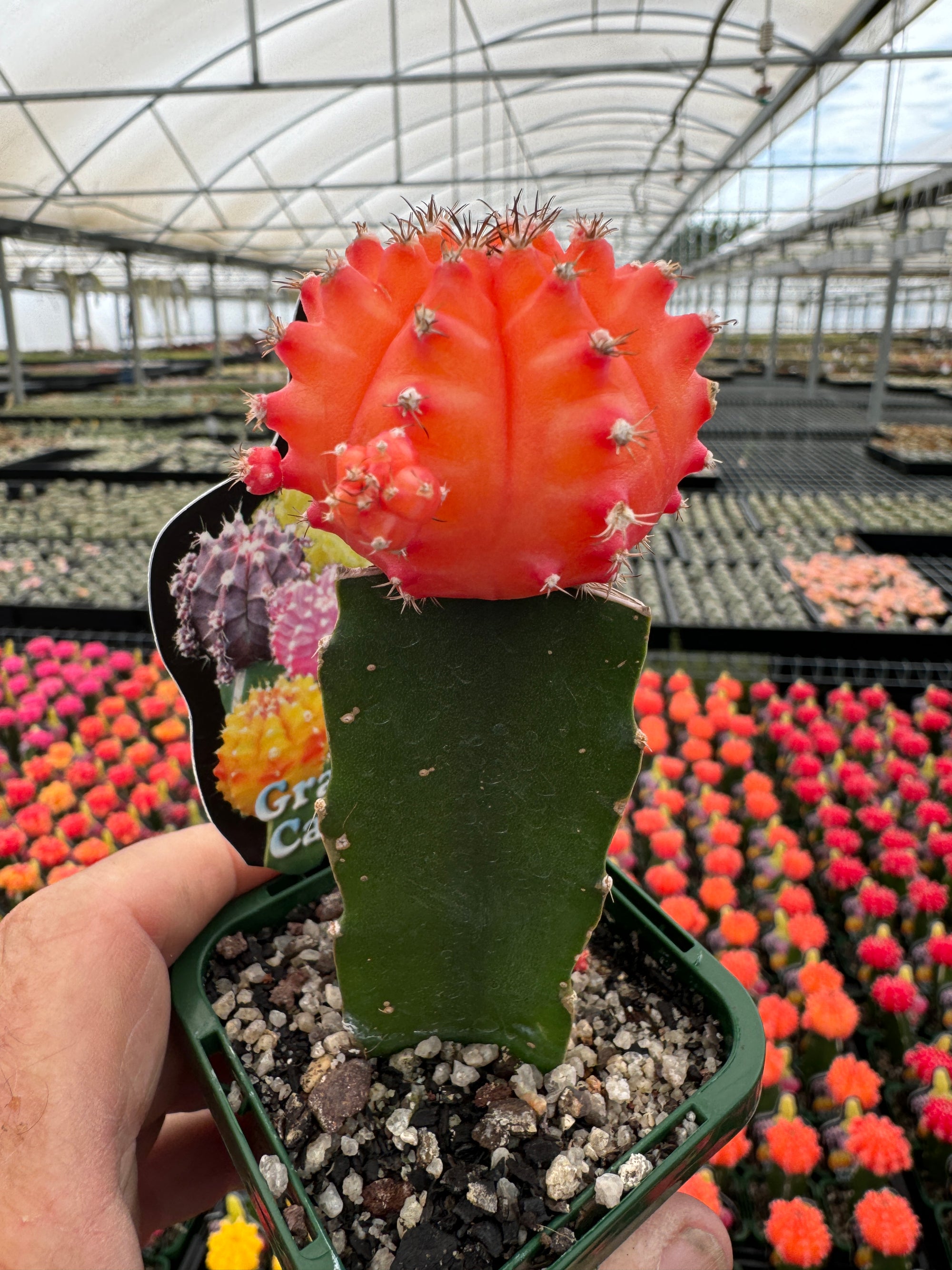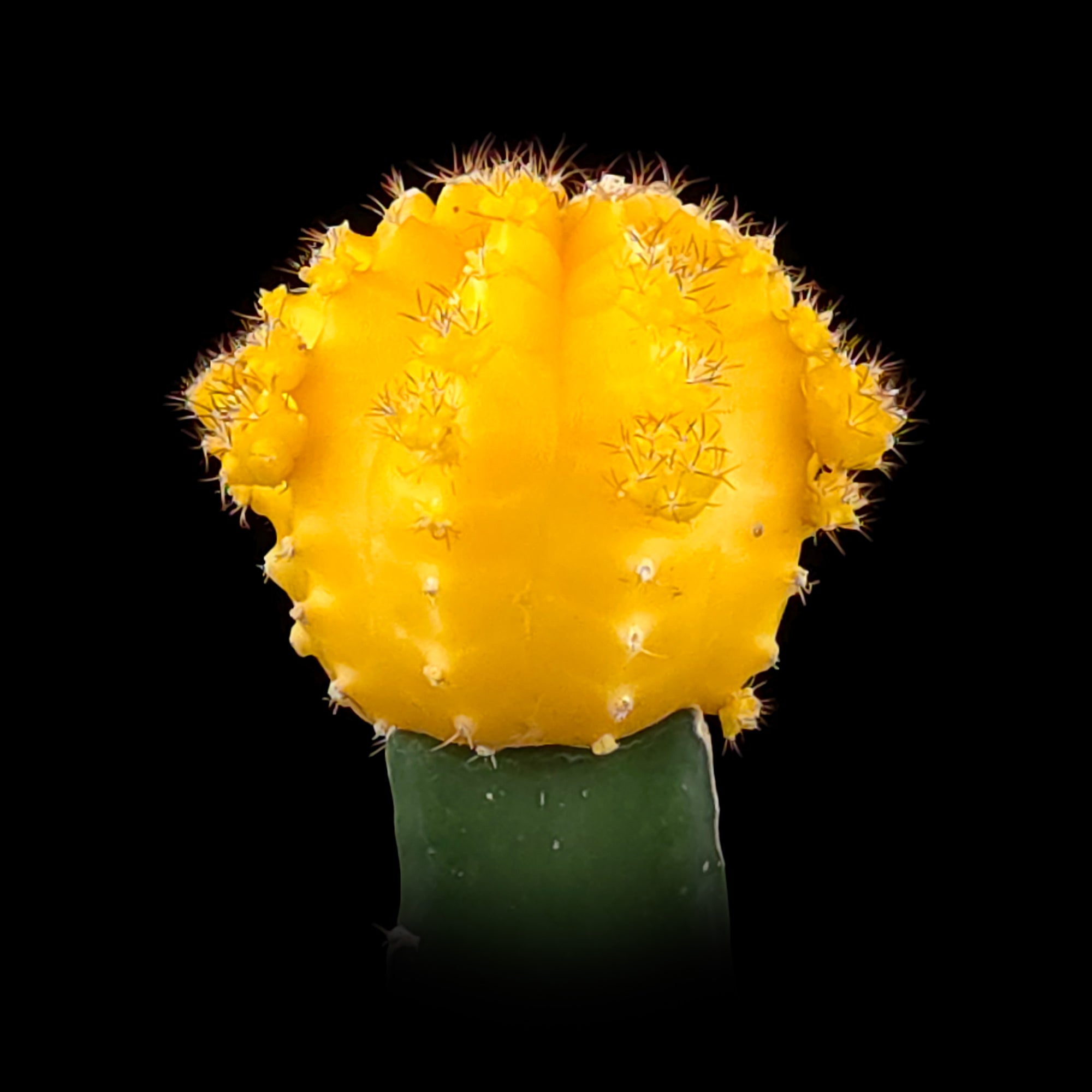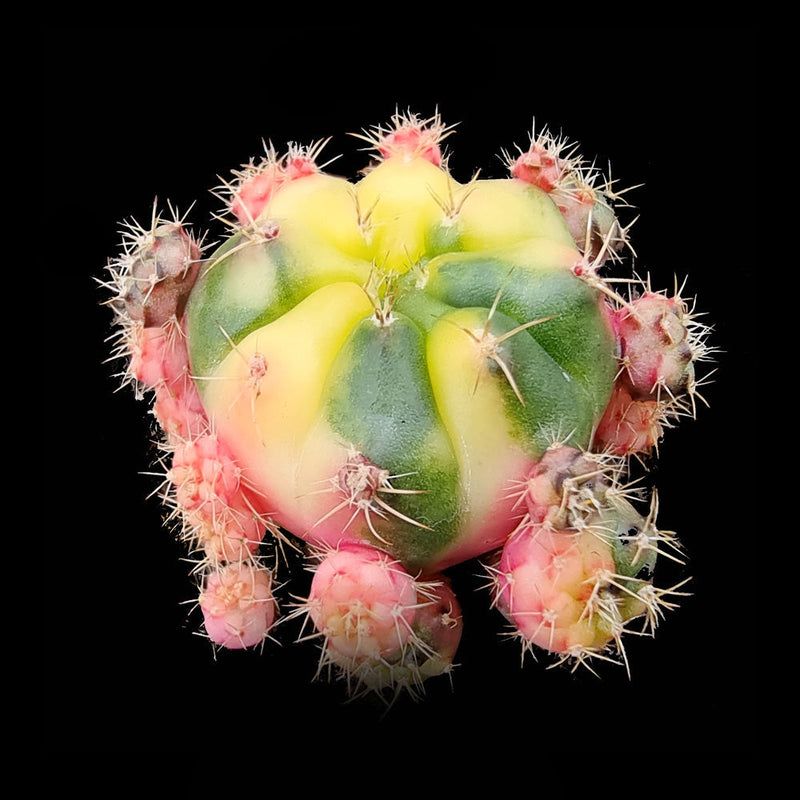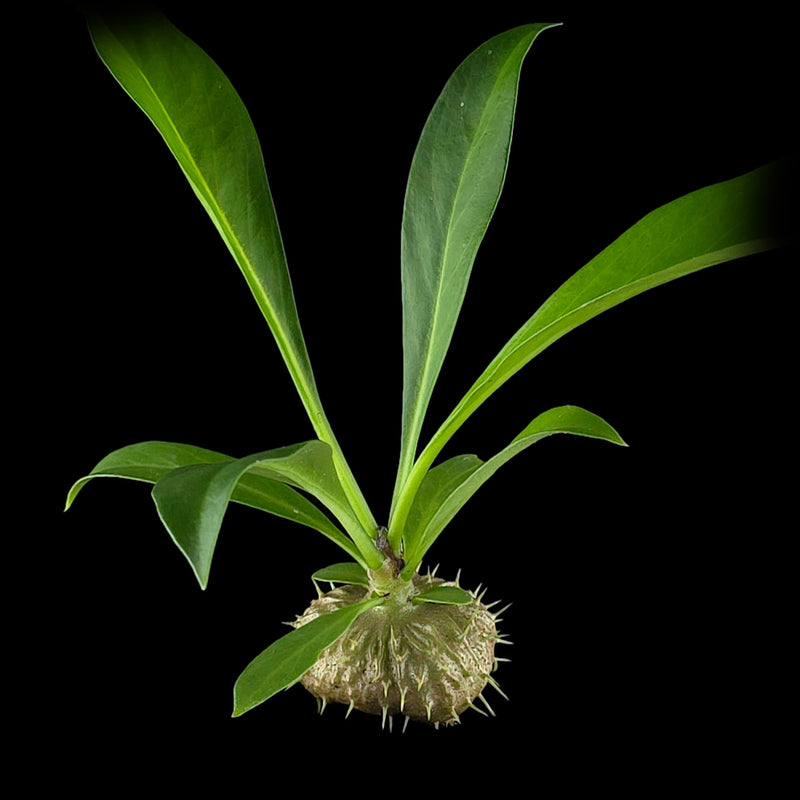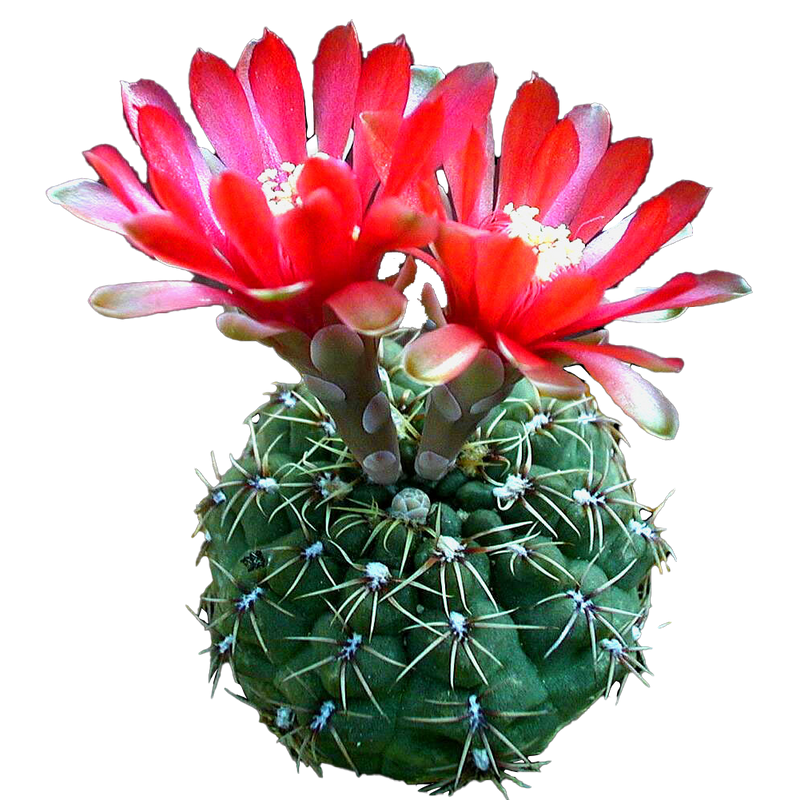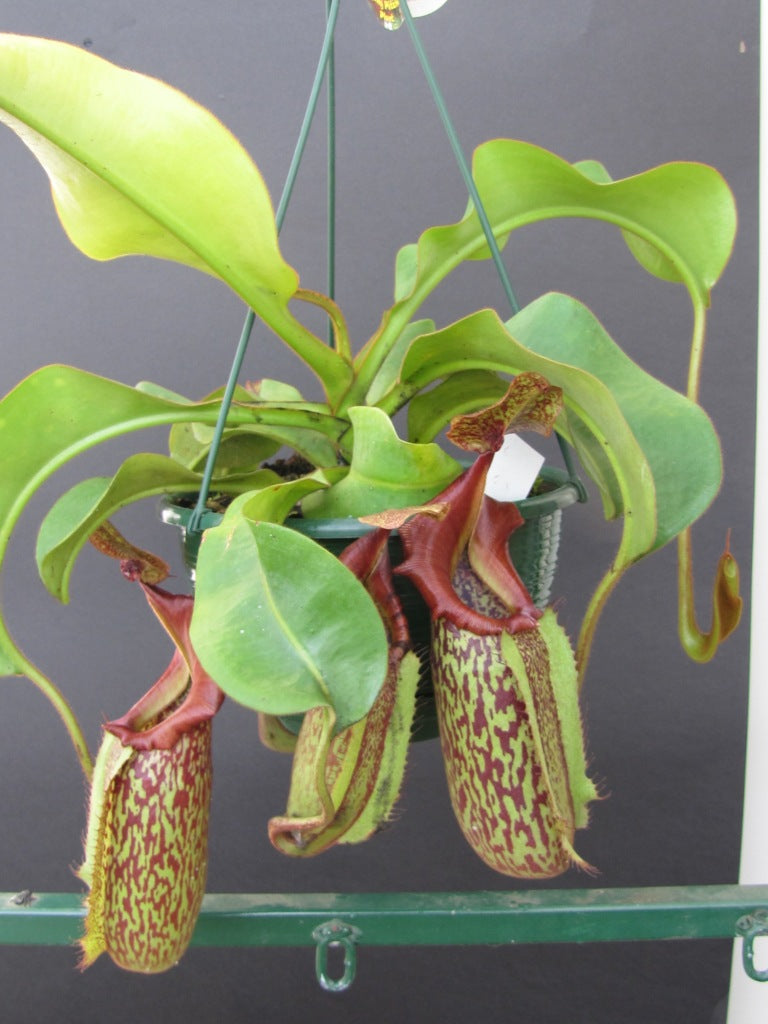Beyond the Ordinary: The Fascinating Craft and History of Grafted Cacti
Ever wondered how those impossibly vibrant cacti come to be? Dive into the world of grafted cacti! Discover the intricate art of their creation, learn about their surprising origins, and get essential care tips to keep these colourful wonders thriving in your Australian home.
Step into almost any plant shop, and your eye is likely to be caught by a splash of impossible colour atop a slender green base. These are the Grafted Cacti, often affectionately called "Moon Cacti" or "Chin Cacti." These fascinating plants are a testament to horticultural ingenuity, combining two different cactus species to create one vibrant, eye-catching specimen. While they look striking, understanding how they work is key to helping them thrive in your collection, from their deep reds and oranges to brilliant yellows, pinks, and even stark blacks.
---The Art of Grafting: Two Plants, One Striking Display
The secret to a grafted cactus's vibrant appearance lies in its ingenious construction. It's actually two different cactus species meticulously joined together to create one seamless plant:
- The Scion (the colourful top): This is typically a mutant cultivar of Gymnocalycium mihanovichii var. friedrichii (often called 'Moon Cactus' or 'Chin Cactus'). What makes these tops so colourful, and necessitates grafting, is their complete lack of chlorophyll – the green pigment vital for photosynthesis. Without chlorophyll, they cannot produce their own food.
- The Rootstock (the green base): This is usually a robust, green, and photosynthesising cactus like Hylocereus (often called Dragon Fruit cactus). The rootstock acts as the powerhouse, photosynthesising vigorously and supplying all the necessary water, nutrients, and energy to the colourful scion above.
The two parts are carefully cut and joined when young, and their vascular tissues fuse, allowing for a seamless transfer of resources. It's a delicate procedure that requires skill and precision, ensuring the two plants grow as one harmonious unit.
---A Story from Korea: The Birth of the Colourful Cactus
While grafting has been used in horticulture for centuries, the technique to create these specific colourful cacti was largely developed and popularized in South Korea. In the mid-20th century, Korean horticulturists began perfecting the art of grafting these chlorophyll-deficient Gymnocalycium mutants onto Hylocereus rootstock, recognizing their commercial potential and unique aesthetic appeal. Their dedication transformed what would be a non-viable seedling into a vibrant, sellable plant, turning them into a global phenomenon.
Today, Korea remains a leading innovator and producer of many of the stunning grafted cacti varieties we see in homes and nurseries worldwide.
---Caring for Your Grafted Masterpiece: Nurturing the Duo
Since you're caring for two plants with potentially slightly different needs, the best approach is to focus on the requirements of the rootstock, as it's the engine of the entire plant. Hylocereus (the common rootstock) is more of a tropical cactus than a desert one, influencing its preferences.
☀️ Light: Bright, Indirect Sunshine is Key
Grafted cacti prefer bright, indirect light. While the green rootstock can tolerate some direct sun, the colourful scion can be susceptible to scorching in intense, direct afternoon sun. A spot near a bright window (east or west-facing, or a few feet back from a south-facing one) where it gets plenty of ambient light but avoids harsh, unfiltered direct rays is ideal. Good light will help maintain the scion's vibrant colour.
💧 Watering: Consistent but Careful
Water thoroughly when the top inch or two of the soil feels dry. Allow the pot to drain completely, never letting it sit in standing water. The Hylocereus rootstock appreciates slightly more consistent moisture than desert cacti, but overwatering is still the fastest way to cause root rot. Reduce watering significantly in cooler months when growth slows.
🪴 Soil & Drainage: Quick-Draining is Key
Use a well-draining cactus or succulent potting mix. A blend that includes perlite, pumice, or coarse sand will ensure proper aeration and prevent waterlogging, which is vital for both components of the grafted cactus.
🌡️ Temperature: Warmth and Protection
These cacti prefer warmer temperatures, ideally between 18-32°C (65-90°F). Protect them from cold drafts and temperatures below 10°C (50°F), especially during winter. They are not frost-tolerant and are best grown indoors in most Australian climates.
💨 Airflow: Important for Health
Good air circulation helps prevent fungal issues and keeps the plant healthy. Ensure your chosen location isn't stagnant, especially if humidity is high.
✔️ Fertilizing: Sparingly
Feed sparingly during the active growing season (spring and summer) with a diluted cactus or succulent fertiliser. Too much fertiliser can burn the roots or encourage weak growth.
---Understanding Common Challenges & Lifespan
Grafted cacti, while captivating, do have a generally shorter lifespan than many other cacti (often 2-5 years, though some last longer). This is because the scion and rootstock grow at different rates and eventually one may outgrow the other, or the graft union can simply weaken over time.
- Weakening Graft Union: If the colourful top starts to shrivel or become unstable, the graft union may be failing. Unfortunately, there's little that can be done at this stage.
- Rootstock Issues: The green base can sometimes develop brown or black spots, indicating rot from overwatering. Ensure good drainage and careful watering.
- Scion Fading: If the vibrant top loses its colour and starts looking dull, it's often a sign of insufficient light or general decline.
Despite their potentially shorter lifespan, the beauty and novelty they bring to a collection are well worth it!
---Explore the Spectrum: Our Vibrant Grafted Cacti
Ready to add a living rainbow to your home? These fascinating grafted cacti are truly unique and offer a burst of colour like no other:
- Grafted Cactus Black
- Grafted Cactus Red/Gold
- Grafted Cactus Nishiki Red/Black
- Grafted Red Cactus
- Grafted Cactus Orange
- Grafted Cactus Yellow
- Grafted Cactus Pink
A Unique Living Art Piece
The Grafted Cactus isn't just a plant; it's a small piece of horticultural art, born from clever crafting and a fascinating biological partnership. While their lifespan might be shorter than some other cacti, the intense burst of colour and the unique story they tell make them a truly worthwhile and eye-catching addition to any plant collection. Bring one home today and enjoy its vibrant charm!


